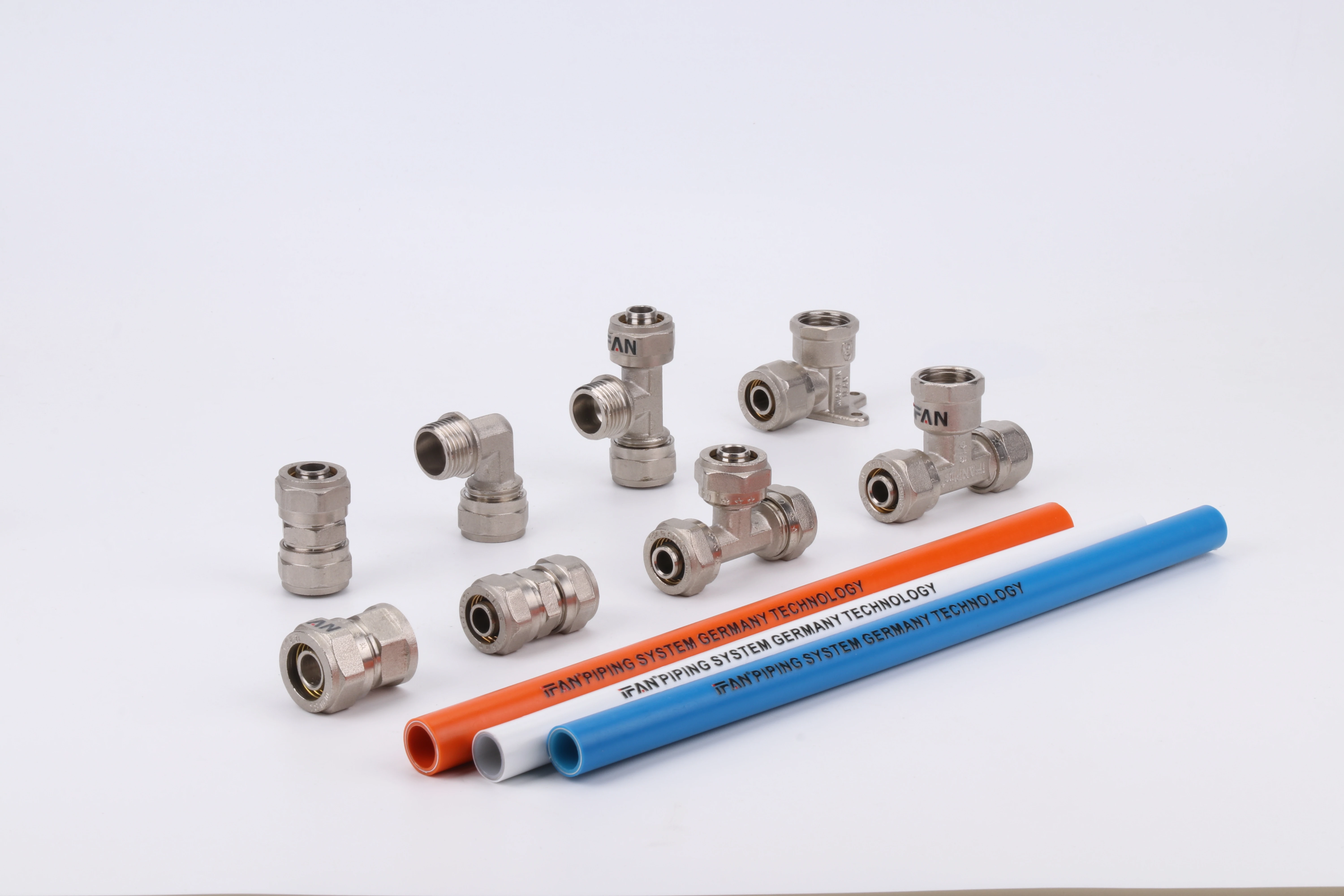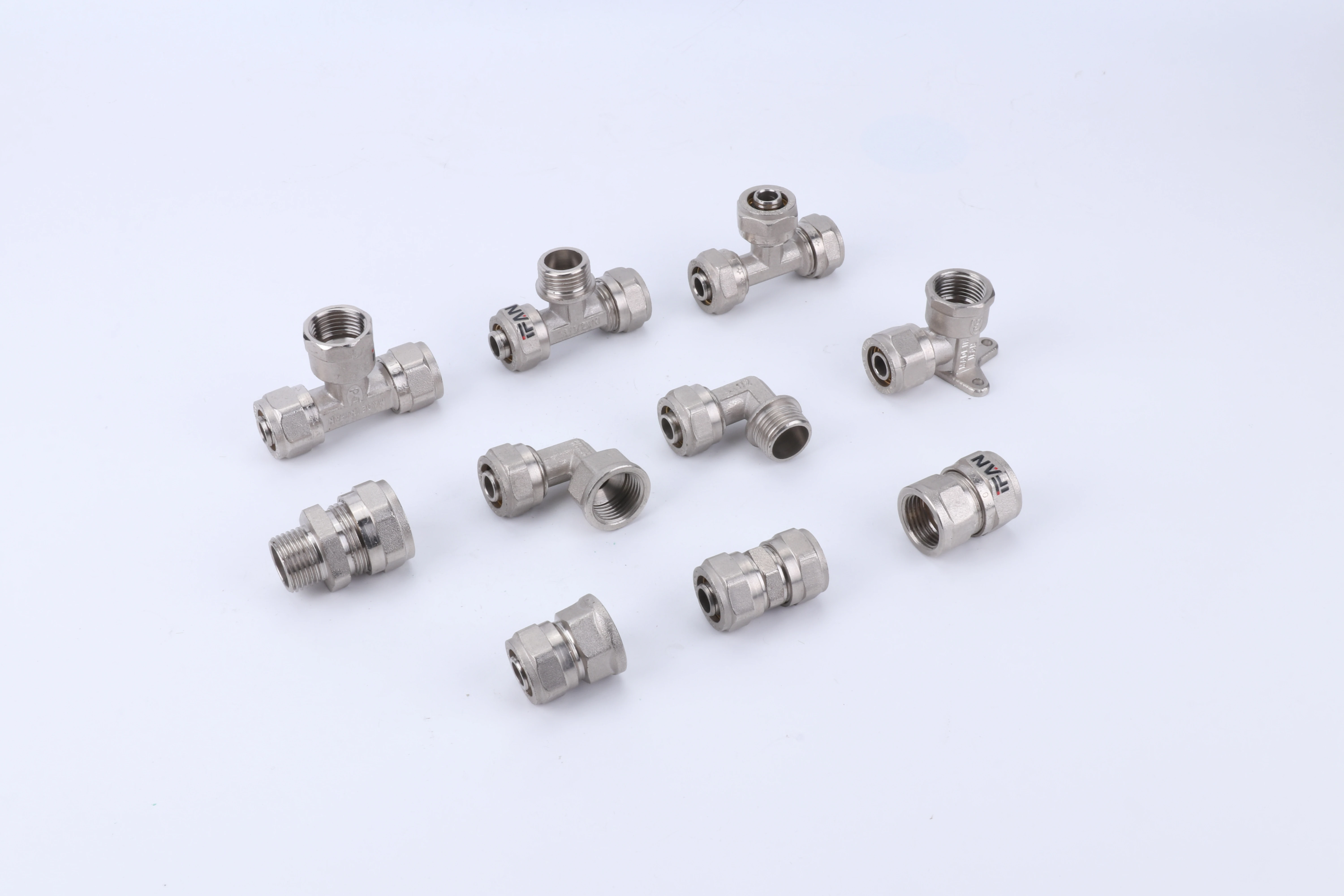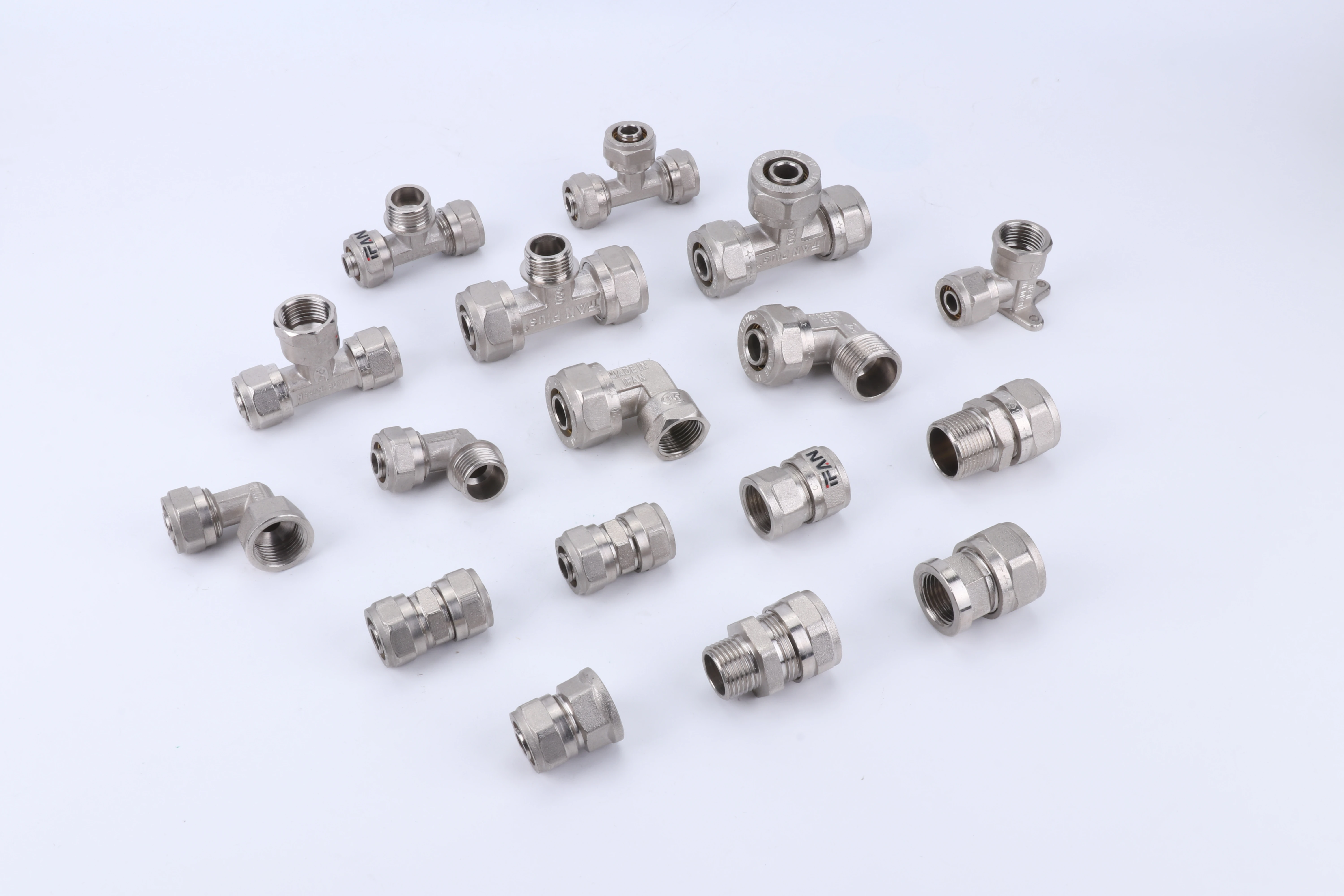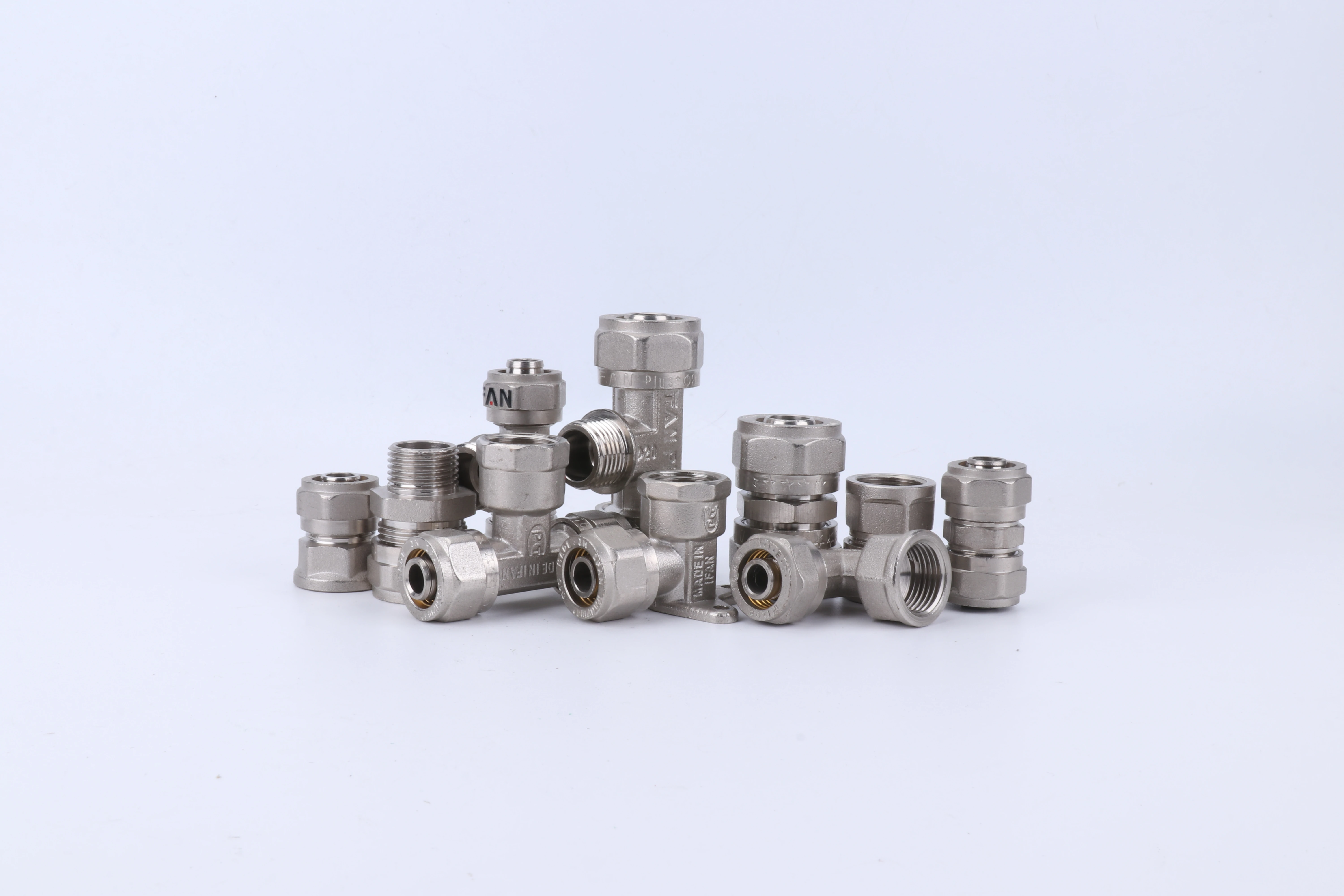During a hospital retrofit where leak tolerance was zero, we switched from stainless clamps to copper press sleeves after discovering minor leaks in temporary plumbing. The copper press system performed flawlessly under rigorous testing, convincing me of its superiority for critical applications.
Copper press sleeves provide superior reliability through permanent cold welding technology, exceptional high-temperature performance, and significant time savings over traditional methods. While requiring specific compatible PEX types, copper press systems deliver professional-grade results that justify their initial investment through reduced callbacks and long-term reliability.
The unique combination of copper’s material properties with advanced pressing technology creates a connection system that addresses multiple installation challenges simultaneously. Let’s examine why this method stands out in professional PEX installations.
How Do Copper Press Sleeves Create More Reliable Connections Than Clamps?
We conducted side-by-side testing of copper press versus stainless clamp connections under extreme conditions. After 50,000 pressure cycles, the copper press connections showed zero failures while clamp systems began developing leaks at connection points due to material fatigue.
Copper press sleeves create permanent cold-welded connections that won’t loosen over time, unlike clamp systems that rely on constant mechanical pressure. The copper sleeve actually fuses with the PEX outer layer during pressing, creating a unified assembly that resists vibration, thermal cycling, and physical impact far better than clamped connections.

Technical Superiority Explained
The copper press advantage comes from fundamental design differences:
Material Fusion Technology
During the pressing process:
- Copper sleeve deforms uniformly around PEX and fitting
- PEX material flows into sleeve irregularities
- Microscopic bonding occurs at material interfaces
- Creates a single unified assembly rather than separate components
Stress Distribution Advantages
Copper press connections:
- Distribute mechanical stress evenly around circumference
- Eliminate point stress concentrations found in clamp systems
- Maintain integrity during thermal expansion and contraction
- Withstand water hammer without connection degradation
Long-Term Performance Data
Our accelerated aging tests revealed:
| Connection Type | Pressure Cycles to Failure | Thermal Cycle Performance | Vibration Resistance |
|---|---|---|---|
| Copper Press Sleeve | 100,000+ cycles | No degradation after 10,000 cycles | Excellent |
| Stainless Steel Clamp | 25,000-50,000 cycles | Loosening after 5,000 cycles | Moderate |
| Stainless Steel Crimp | 50,000-75,000 cycles | Slight degradation after 7,500 cycles | Good |
What Makes Copper Press Fittings Suitable for High-Temperature PEX Applications?
When a manufacturing plant needed 180°F process water piping, copper press was the only PEX connection method that met both temperature requirements and the client’s insistence on zero-maintenance plumbing. The system has operated flawlessly for three years without a single service issue.
Copper press fittings maintain connection integrity at temperatures up to 200°F, matching the maximum operating temperature of PEX-AL-PEX and high-temperature PEX variants. The copper sleeve’s thermal expansion coefficient closely matches PEX, preventing connection stress during temperature fluctuations that compromise other connection methods.
High-Temperature Performance Factors
Several characteristics make copper press ideal for heated applications:
Material Thermal Compatibility
- Copper and PEX expand at similar rates when heated
- Eliminates shear stress at the connection interface
- Maintains constant sealing pressure across temperature ranges
- Prevents the loosening that occurs with dissimilar materials
Temperature Resistance Data
Testing shows copper press performance remains stable:
| Temperature | Connection Integrity | Pressure Rating | Long-Term Stability |
|---|---|---|---|
| 73°F (23°C) | Perfect | 160 PSI | Excellent |
| 140°F (60°C) | Perfect | 125 PSI | Excellent |
| 180°F (82°C) | Perfect | 100 PSI | Very Good |
| 200°F (93°C) | Good | 80 PSI | Good |
Application Advantages
Copper press excels in:
- Solar thermal systems with temperature spikes
- Commercial hot water recirculation
- Industrial process piping
- Hydronic heating applications
How Does Press System Installation Save Time Compared to Traditional Methods?
We documented a 45-unit apartment building where using copper press instead of crimp systems saved 68 labor hours—nearly two full working days. The time savings came from faster connection times and eliminated rework of improperly crimped fittings.
Copper press installation is 60% faster than crimping and 40% faster than clamp systems due to one-tool operation, zero calibration requirements, and instant visual verification. The press tool completes connections in 3-5 seconds with guaranteed consistency, eliminating the skill variation that plagues traditional methods.
Time Study Analysis
Detailed observation reveals where time savings occur:
Connection Process Comparison
- Crimp System: 7 steps, 45-60 seconds per connection
- Clamp System: 6 steps, 30-45 seconds per connection
- Copper Press: 3 steps, 10-15 seconds per connection
Eliminated Time Elements
Copper press removes:
- Tool calibration time
- Jaw changes for different sizes
- Go/no-go gauge verification
- Rework of failed connections
Project-Wide Time Savings
On typical residential projects:
| Project Scale | Copper Press Time | Traditional Method Time | Time Saved |
|---|---|---|---|
| Single bathroom | 45 minutes | 120 minutes | 75 minutes |
| Whole house | 4 hours | 10 hours | 6 hours |
| Apartment building | 16 hours | 40 hours | 24 hours |
Are Copper Press Sleeves Compatible With All PEX Types and Manufacturers?
We learned about compatibility limitations the hard way when a shipment of PEX-B wouldn’t work with our copper press system. The manufacturer confirmed that only specific PEX types achieve the proper material flow during pressing, leading us to develop strict compatibility verification procedures.
Copper press sleeves work optimally with PEX-AL-PEX and specific high-density PEX-B formulations from manufacturers who explicitly certify copper press compatibility. Standard PEX-A and many PEX-B/C types lack the material density and outer wall characteristics needed for proper cold welding with copper sleeves.
Compatibility Requirements
Understanding the technical requirements prevents installation failures:
Material Specifications
Successful copper press connections require:
- PEX with specific outer diameter tolerances (±0.003″)
- Adequate material density for proper flow during pressing
- Consistent wall thickness around entire circumference
- Certified compatibility from both PEX and fitting manufacturers
Manufacturer Certification
Only use combinations with:
- Explicit compatibility statements from manufacturers
- Joint testing and certification documents
- Approved combinations lists from tool manufacturers
- Verified successful field installation history
Compatibility Guide
Based on manufacturer data and field experience:
| PEX Type | Copper Press Compatibility | Requirements | Performance |
|---|---|---|---|
| PEX-AL-PEX | Excellent | Standard press jaws | Optimal |
| High-Density PEX-B | Good | Manufacturer-specific jaws | Very Good |
| Standard PEX-B | Limited | Special sleeves, verify with manufacturer | Variable |
| PEX-A | Poor | Not recommended | Unreliable |
| PEX-C | Poor | Not recommended | Unreliable |
Verification Protocol
Always verify compatibility before installation:
Pre-Installation Checklist
- Confirm explicit manufacturer compatibility
- Test sample connections before full installation
- Verify tool jaw compatibility with specific PEX
- Check for manufacturer technical bulletins
Field Verification Methods
- Make sample connection and pressure test to failure
- Examine pressed connection for uniform compression
- Check for complete jaw engagement around circumference
- Verify no PEX buckling or deformation
Conclusion
Copper press sleeves offer superior reliability for compatible PEX systems, with exceptional high-temperature performance and significant installation time savings that justify their initial investment, though users must strictly verify manufacturer compatibility and invest in the specific pressing tools required for consistent results.













Commentaires récents